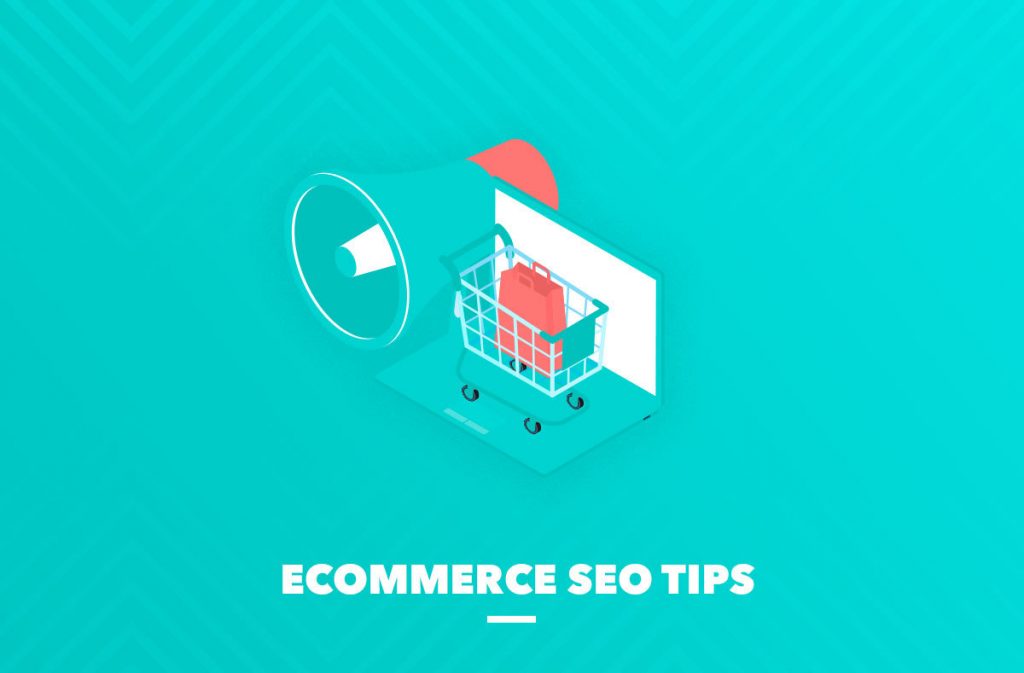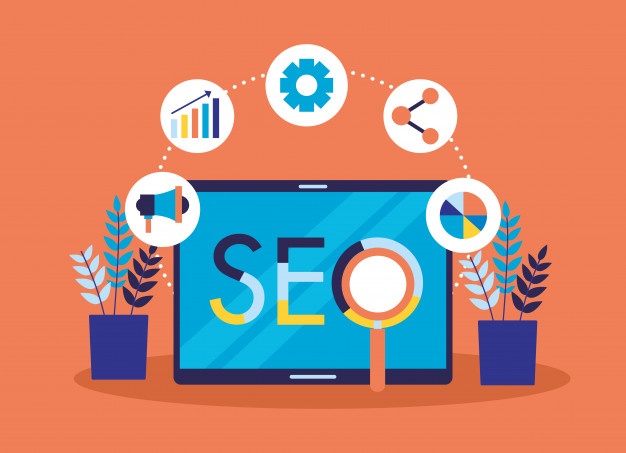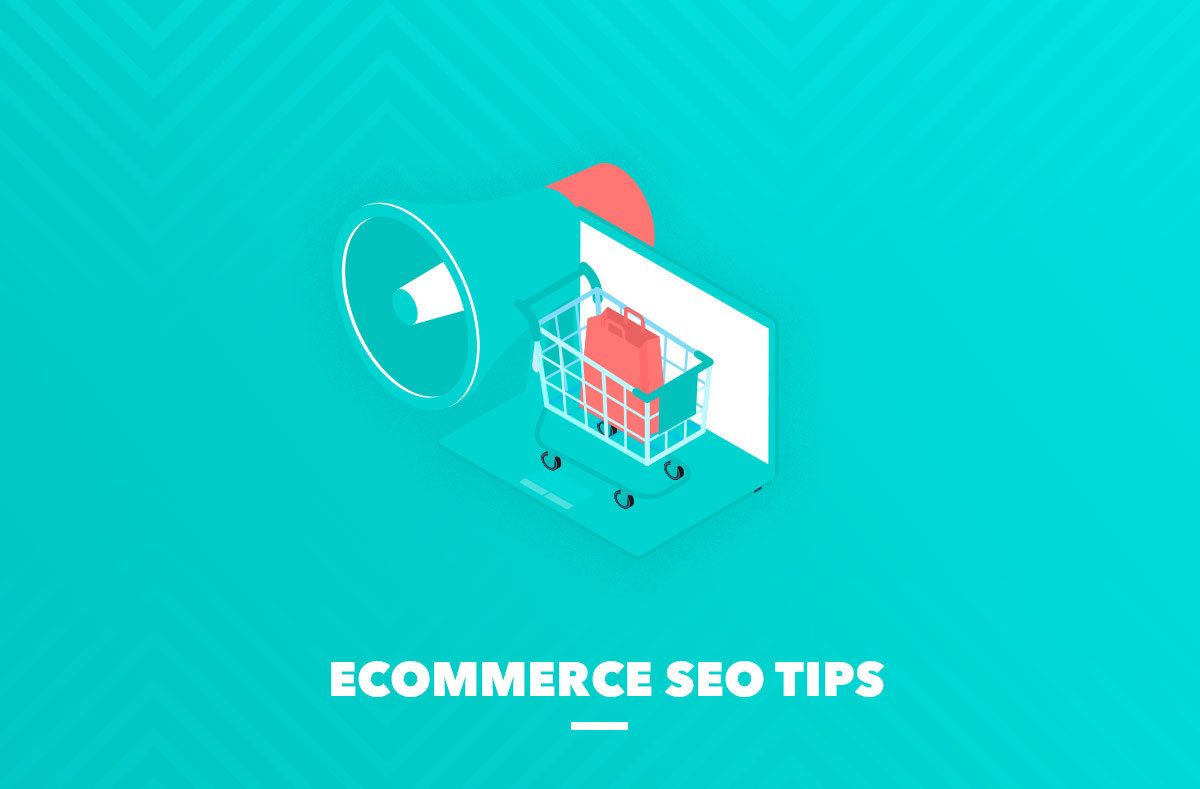
SEO for e-commerce websites is one of the most important components of online marketing. E-commerce website optimization is the process of making your online store more visible in the search engine results pages (SERPs). It is especially important for e-commerce stores that wish to capture more traffic.
Properly optimizing your e-commerce website will help you to generate more traffic, increase conversions and make more money by selling more products. This article will explore the importance of SEO for e-commerce websites and the best practices for optimizing your website.
How to Develop an E-commerce SEO Strategy
When people search for products or services, they're looking for information about what's available and how to get it. Ecommerce websites need to be found in the SERPs. When people search for products online, they are looking for the best answer and the best deal.
If your website doesn’t appear in the SERPs, you lose access to qualified and interested customers. By spending some time establishing SEO for the online stores, you can improve the customer experience, increase sales, and stay competitive.
Developing an SEO strategy for an e-commerce site might seem a huge task, especially if your shop has already been operating in a market for a while. Yet, following the basic stages, you can easily develop the optimization plan of your website:
1. Page prioritization
The first step in building an e-commerce search engine optimization strategy is to identify the pages on your website that get the most traffic by using Google Analytics. After you have done this, you can start optimizing for the most successful pages. For example, if you are selling shoes, you would want to focus on the home page and the shoe page.
The most important thing is to remember is that you want people to focus on the products you sell. By doing this, you will build trust and credibility with your customer.
2. Creating workflow
The first step to creating your SEO workflow is to decide what you want to achieve. It will set the tone for your SEO strategy. There will be more than one task, but the common theme is quality content. To meet the requirements of your SEO strategy, you will need to add keywords.
There are three ways to find the keywords for optimization:
- Check the websites of competitors and find the keywords they are using
- Collect the keywords from your website
- To use a tool like SEMrush to find the keywords used for Google searches
Once you define your goals and find the keywords, you will need to think about how you will name your images. You can name your images with keywords that are related to your website or with alternate attribute keywords. Lastly, you will need to use the same keywords in your metadata. It will help your website rank in search engines.
3. Competitor research
When it comes to e-commerce, it's important to know your competition. As a business owner, you should make sure that you're in the know of what they're doing and how they're doing it. By doing this, you'll be able to outsmart them and have an advantage over them.
One way to do this is by checking out their websites and looking at their SEO efforts. Find ways to make yours better with what they've done. It's important to stay on the cutting edge of e-commerce without stepping on the toes of your competition.
SEO for Online Stores Best Practices
E-commerce SEO starts with having relevant and high-quality content, but it also involves optimizing the website to increase your site's visibility in the SERPs. However, without a strategy, you can’t make the most of your efforts. That’s why it’s important to take a look at the best practices for e-commerce SEO.
1. Performing the keyword research
Keyword research is the foundation of your SEO campaign. Knowing what people search for when they use your keyword is the first step to a successful SEO campaign. However, before keyword research, you have to know keyword search volume, the cost per click, and what people search.
To perform research on a keyword, you can use Google Keyword Planner. It is free to use, and it provides accurate keyword data.
For each search query, Google picks the best results to meet the user’s demand. At the same time, the keywords can be categorized according to the customers' intention:
- Commercial keywords
They are used when the client expresses the desire to buy some product: “buy leather boots”, “winter jacket sale”, “vegan sweets prices”, “nike trainers coupons” etc. Commercial keywords are the most valuable and competitive since the search is already performed with the intention to make a purchase.
- Informational keywords
Here the customers perform the search with the intent to learn some information: “wool coat care”, “white trainers how to wear”, “protein bar when to eat”, “e-commerce seo tips”. Although the clients currently are not looking for specific products, you may provide them with useful content and let them know that your website has the products they are interested in.
- Navigational keywords
They are used by clients who are already aware of your brand with an intention to find a specific product on the website. Navigational keywords should be properly optimized and lead the users exactly to the page they need instead of the homepage or to the category of goods.
2. Focusing on homepage SEO
A homepage is typically the most-visited page on a website with the highest (or nearly the highest) bounce rate, which means that it is important to make sure that it is optimized for conversions. Here is how to do this:
- Homepage title
One of the most important elements of on-site search optimization is the title tag. The title tag is a snippet of text presented to internet users when they search for a business. It should include your business name along with the main keyword phrase you are targeting. Depending on the search engine, the title tag can be less than 70 characters. It should attract the users that see it in search results.
- Homepage description
The meta description for your homepage is a 160-character description of your business that will also show up in search beneath the title tag. Include keywords related to your business in your description and make them catching enough to get people to click over.
- Homepage content
A homepage is a place to connect with new customers and learn more about your business. The content on your homepage should help visitors learn more about your business and the products you have to offer clearly and concisely. Avoid overloading visitors with too much information. Consider featuring your top few products on the homepage and your unique selling proposition.
3. Simplifying website architecture
For e-commerce stores, it's important to have a consistent website architecture that is optimized for search engines and easy to navigate for consumers. To have a successful online store, you need to have a well-organized website that effectively guides consumers in the right direction.
They'll be able to find the products they're looking for, and the path that they take to get to the desired product should be clear. If a customer is stumped on how to get to a product, they might go to a competitor's site. If a customer is having trouble finding a product, it might be helpful for your site to have a search box on every page.
To make the navigation scheme easier for your site visitors, you should plan how your site architecture will look before you start building it.

4. Product page optimization
The product page is one of the most important pages on the e-commerce site. It is the page that users are most likely to visit and make a purchase decision on. If you have a great product page, it will increase your conversion rates. But many e-commerce site owners simply write a few lines of text and throw up an image or video.
If you want to increase your conversion rates, you will want to focus a lot of your energy on optimizing your product pages. To optimize your product page, you will want to think about the following:
- Product name
Many people will search for “product name” when they are interested in your product. This search term is a primary keyword phrase and should be considered when you decide what your product name should be. You should also consider this when you choose the name of your URL.
- Image optimization
Images are a crucial part of your product page. They are a vital part of the visual representation of your product and convey the message of the benefits of your product to your customers. The images you use should be clear and easily accessible from as many angles as possible. For example, if you are selling a pair of boots, you could upload images of the front, side, and back of the boots.
- Video
Videos are a great way to show people how a product can work, or to showcase the features of the product. For example, a video about how to use your product can help a customer feel more confident about the purchase. Or a video that shows what the product can do for your customer's life can help them feel more confident.
- FAQ page
The goal of FAQ pages is to answer any questions a customer may have about your company’s product or service. As it turns out, the average customer has more questions than you might expect. While you can’t answer all of them, you should have a FAQ page that covers your most frequently asked questions.
While you can answer some questions with text, video, or images, other questions are best answered with a call to action to the customer. By encouraging your customers to buy with a call to action, you can increase your conversion rate and increase your revenue.
5. Responsive design
One of the best ways to improve your website's search visibility is by investing in a responsive design. This design is one that adjusts to any screen size and pixel density and makes sure that the website's content looks good on any screen size. A responsive design is easier on a website's users, and it is easier for Google to crawl, index, and rank your site.
With the mobile-first index, Google uses mobile-friendliness as a ranking signal. If your website is responsive and mobile-friendly, you can expect to see an increase in your search rankings
6. Reducing page load speed
Page load speed is a ranking signal for mobile and desktop, and it is also a ranking signal for SEO. The faster your page loads, the better your ranking will be. There are a few ways to decrease your page load speed.
One way is to remove unnecessary elements from your page. Another is to use compression, which will decrease the file size of your imagery, text, and videos. The last way is to use a CDN (Content Delivery Network) which will increase the speed at which your page can load.
7. Creating backlinks
Backlinks are another ranking signal affecting your position in SERP. The more backlinks your website has from high-quality websites, the higher the authority of your website is. If you're looking for more ways to build more backlinks, one easy way is to guest post on blogs related to your niche.
It is a white-hat way to earn backlinks and to make possible connections with bloggers. You can create more backlinks by using social media, content marketing, and link exchanges.
Conclusion
We hope you enjoyed our articles about SEO tips for e-commerce sites. Whether you are starting a new e-commerce website or want to improve the ranking of your existing one, it's important to implement SEO practices correctly.
With the help of our blog post, we hope you will be able to improve the positions of your website and increase your sales. If you have any questions or comments, please feel free to reach out to us.



